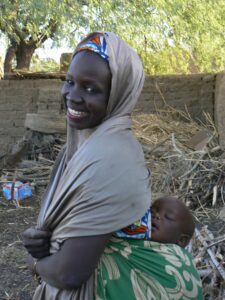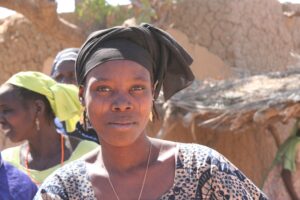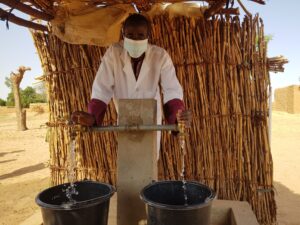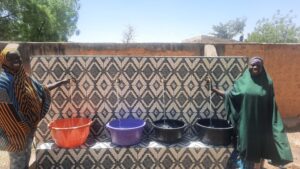By Omesh Prathiraja
Niger, a country often associated with health challenges, has made significant strides in combating infectious diseases through effective vaccination campaigns. One recent and noteworthy success is the meningitis vaccination campaign, which has had a profound impact on public health in the region.
Meningitis, particularly meningococcal meningitis, has been a persistent threat in Niger, especially during the dry season when outbreaks are more common. The disease, which causes inflammation of the protective membranes covering the brain and spinal cord, can lead to severe health complications and even death if not promptly treated. In sub-Saharan Africa’s “meningitis belt,” which includes Niger, periodic epidemics have historically resulted in high rates of infection and death.
In early 2024, Niger faced a rapid increase in meningitis cases, with a 50% rise compared to the previous year. By week 16 of 2024, Niger reported a total of 2,012 cases of meningitis with 123 deaths, representing a case-fatality rate of 6.1%. The Niamey region was the epicenter of this epidemic, with a cumulative attack rate of 52.2 cases per 100,000 inhabitants, followed by the regions of Agadez, Zinder, and Dosso. In response to this critical situation, the World Health Organization (WHO) along with other collaborators, intensified their efforts with multiple interventions. On May 2, 2024, a vaccination campaign was launched in Niamey to curb the spread of the disease using a new vaccine that protects against five strains of meningitis (A, C, W, X, and Y).

The campaign showed extensive community engagement and education efforts were undertaken to inform the public about the importance of vaccination and dispel any myths or fears associated with the vaccine. Local leaders, health workers, and volunteers played a crucial role in mobilizing communities. The campaign required a robust logistical framework to ensure the efficient distribution and administration of vaccines. To function properly, the vaccine needs to be maintained within a certain temperature range. Establishing a temperature-controlled supply chain was especially challenging in Niger’s remote and rural areas that have limited infrastructure. Trained healthcare workers and volunteers were deployed across the country to administer vaccines. Their dedication and tireless efforts were instrumental in reaching even the most isolated communities.

The Impact & Outcome
The meningitis vaccination campaign has yielded remarkable results:
1. High Coverage Rates: The campaign achieved impressive vaccination coverage, significantly exceeding initial targets. This widespread immunization has drastically reduced the incidence of meningitis cases in the country.
2. Reduction in Cases and Deaths: The most tangible benefit has been the dramatic reduction in meningitis-related deaths and complications. Families and communities have been spared the grief and economic burden associated with meningitis outbreaks.
3. Strengthened Health Systems: The campaign has also strengthened Niger’s overall health system by improving vaccination infrastructure, enhancing the skills of healthcare workers, and fostering a culture of preventive healthcare.
Wells Bring Hope drills wells that provide clean water in Niger, which has significantly contributed to the overall health and well-being of communities. Access to clean water is crucial in preventing waterborne diseases, which can weaken the immune system and make individuals more susceptible to infections like meningitis. By providing safe drinking water and promoting hygiene practices, Wells Bring Hope has helped create a healthier environment, reducing the burden on healthcare systems and enhancing the effectiveness of vaccination campaigns. The success of the meningitis vaccination campaign in Niger is a testament to what can be achieved through concerted efforts and international cooperation.
Sources:
- World Health Organization (WHO) – https://www.afro.who.int/countries/niger/news/meningitis-epidemic-who-niger-steps-response-efforts
- World Health Organization (WHO) – https://www.who.int/emergencies/disease-outbreak-news/item/2023-DON439
- Africa News – https://www.africanews.com/2024/05/08/meningitis-urgent-vaccination-campaign-launched-in-niger/
UNICEF – https://www.unicef.org/appeals/niger
















